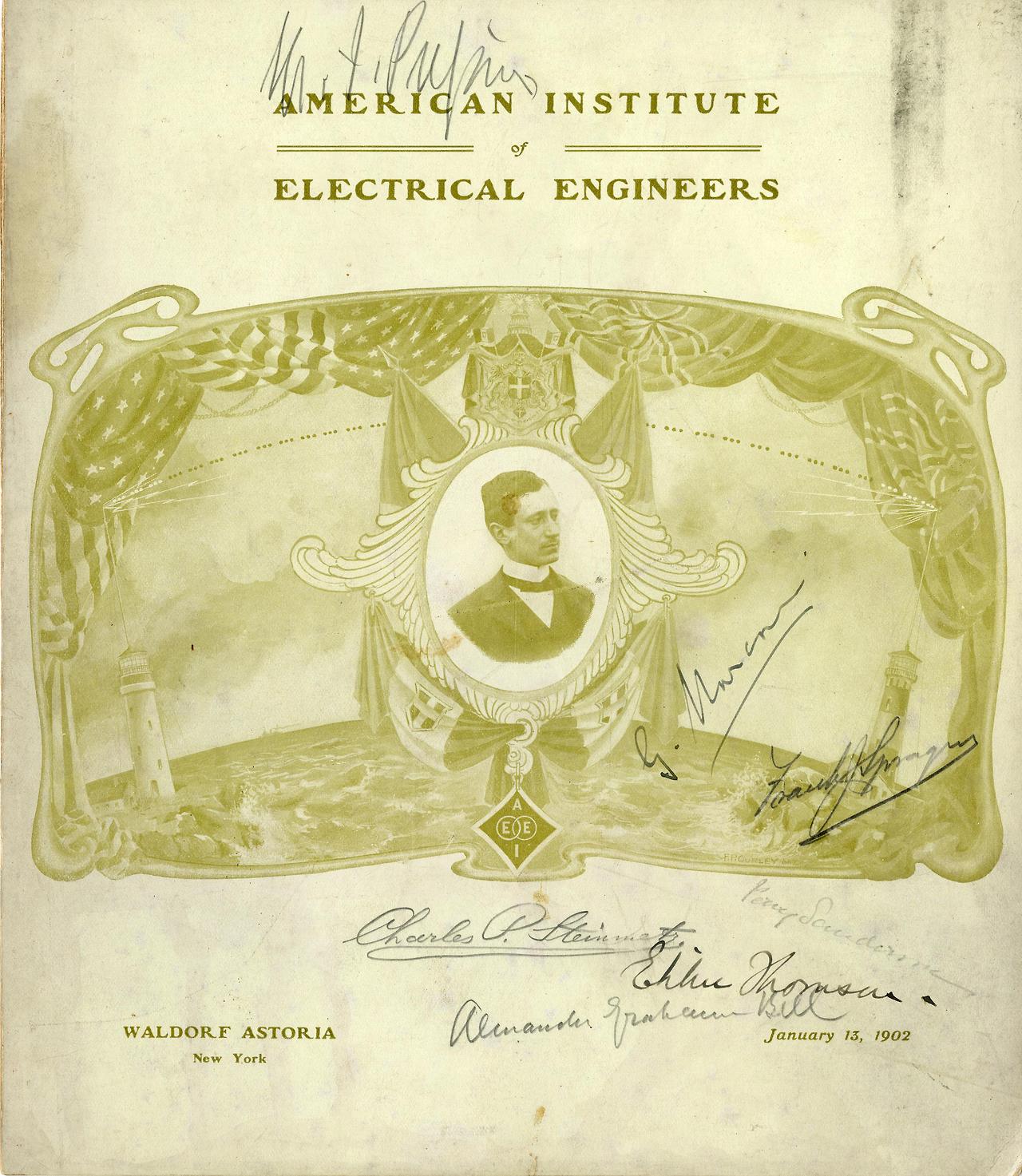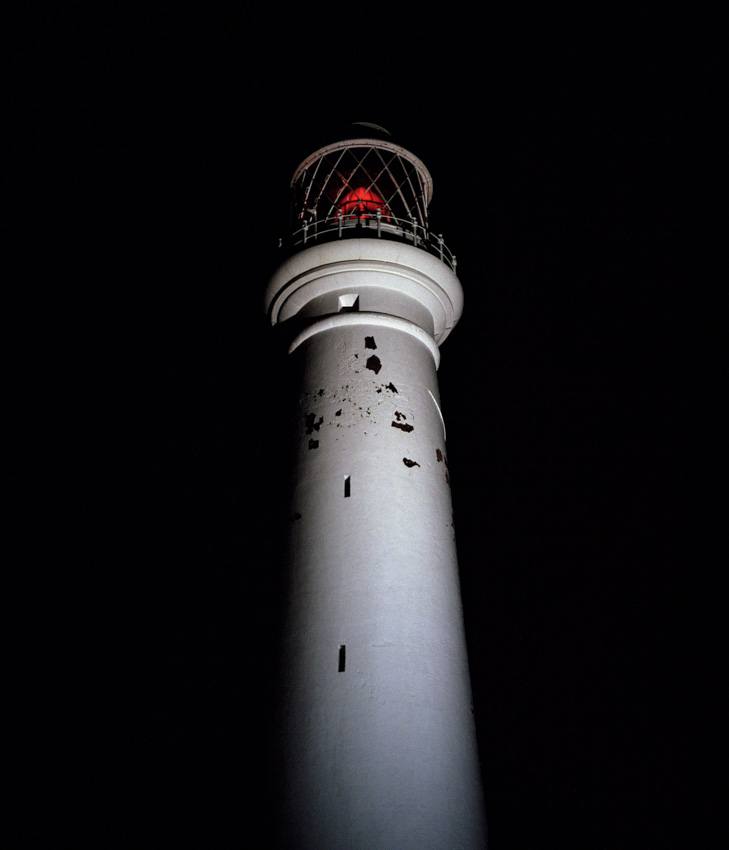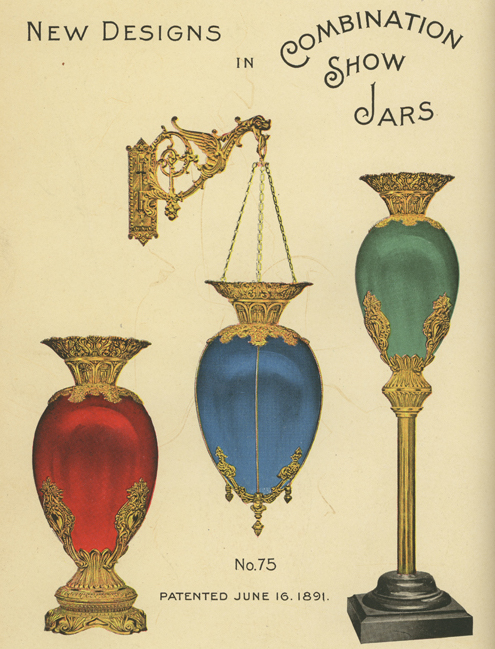Artist Blog
Every week an artist whose single image was published by Der Greif is given a platform in which to blog about contemporary photography.
Signals and Seas
Nov 26, 2017 - Luke Withers
Prior to radio communication, islands and ships could communicate only with visible signals like flags and lighthouses, the horizon was therefore the limit of communication. This isolation is one of the primary themes of Rudyard Kipling’s short story ‘Wireless’, which predates the first commercial uses of wireless telegraphy but predicts the nature of it. It’s an account of a chemist and some friends who are experimenting with radio technology whilst the pharmacy’s show globes sway outside in a winter storm. As they attempt to contact another radio enthusiast, they inadvertently pick up the signals of two ships on the coast, which are attempting to contact each other but failing to detect each others messages.
I found the imagery of Islands and lighthouses reflected on a dinner invite from 1902 celebrating Marconi’s first transmission across the Atlantic, with which he wirelessly connected the American and European continents. On this invite was depicted two lighthouses at the ends of landmasses, connected by the dotted line of a Morse Code transmission reaching across an open sea.
Evoking the solitary experience of islands and sea farers was something that I hoped to do in the ‘Wireless’ series. I incorporated the imagery into the work by photographing Flatholm’s own lighthouse and in a portrait series of radio enthusiasts who still operate from the same two points as Marconi’s initial success. In these portraits, the individuals faces are obscured by a burst of flashlight to reflect the common use of Morse Code by both lighthouses and radio amateurs. Morse is a global, binary language transmitted as sound or light, and written in a succession of dots and dashes. For the radio operators its the primary medium on which an individuals unique ‘call sign’ is transmitted, this is an this alphanumerical code that denotes their identity and their location in the world.
In a similar manner, Lighthouses transmit a unique sequence of white or red light which denotes their identity, and thus their location. I felt in these common transmissions, was reflected a solitude, isolation, and a strive to connect, which was coherent throughout the subject matter, and which did not require me to reveal more of the individuals identity than they themselves transmitted via their call sign. As such their unique sequence of dots and dashes is included alongside their portrait within the book.





